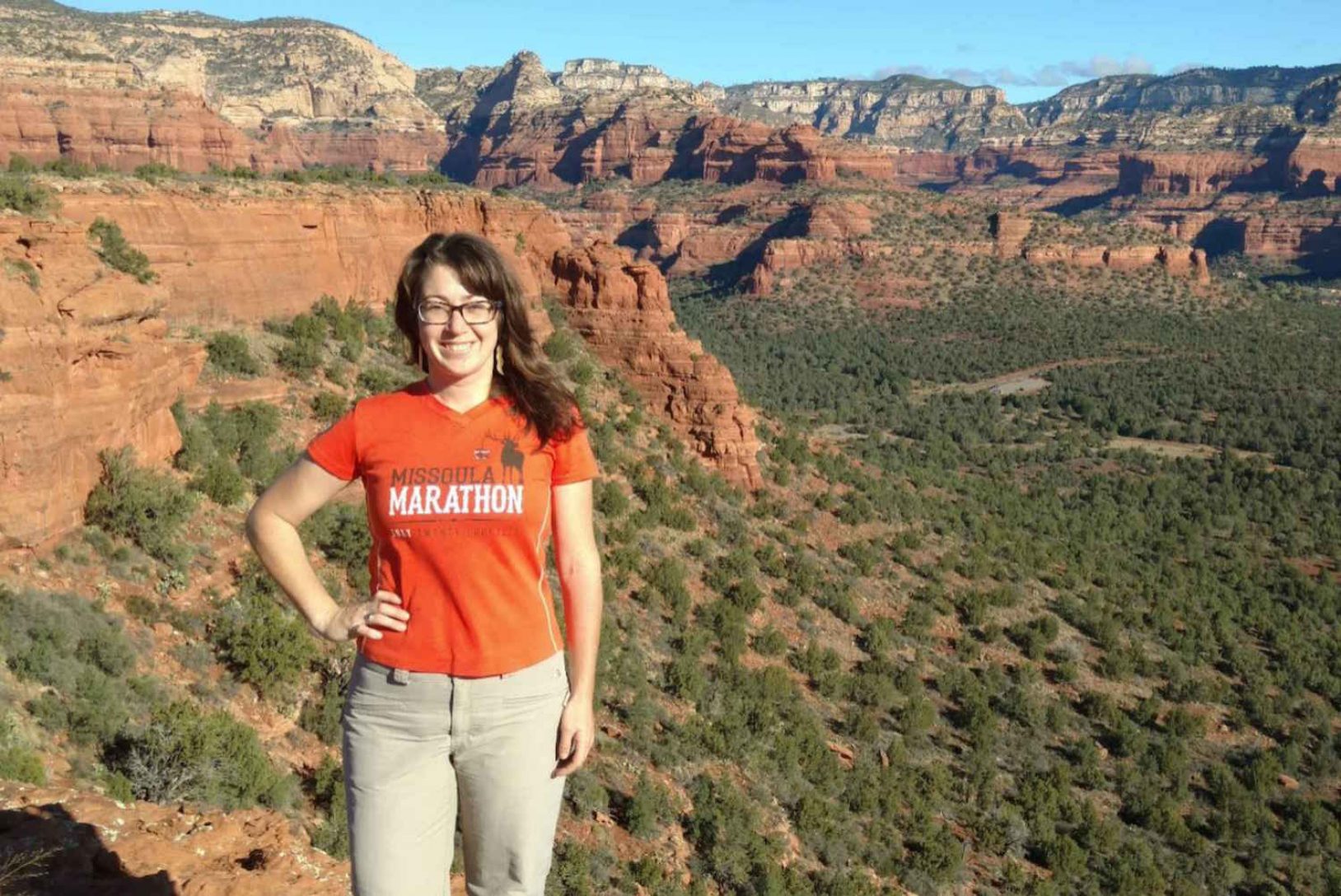With many bird populations declining, scientists are looking for new ways to help protect and conserve vital species.
Thanks to a partnership with the North American Bird Conservation Initiative, Virginia Tech is now home to a new, high-profile position that aims to build social science capacity within the bird conservation community through research, partnerships, and outreach.
According to Ashley Dayer, assistant professor of human dimensions in the College of Natural Resources and Environment’s Department of Fish and Wildlife Conservation, two national-level workshops of bird conservation community leaders in the past three years helped elevate the need for integrating social science (also referred to as “human dimensions”) into bird conservation.
“Social science is the study of people, including disciplines such as psychology, sociology, and anthropology,” said Dayer, who is also affiliated with Virginia Tech’s Global Change Center, housed in the Fralin Life Science Institute. “Those in the bird conservation community are interested in integrating social science into conservation efforts because they recognize that the solution to bird conservation challenges typically isn’t about changing bird behavior but about changing human behavior.”
Ashley Gramza has joined Virginia Tech to serve as the new national bird conservation social science coordinator. In this position, based in the Department of Fish and Wildlife Conservation, she will also co-chair the Human Dimensions Subcommittee of the North American Bird Conservation Initiative, a forum of government agencies, private organizations, and bird initiatives dedicated to promoting and advancing bird conservation.
This position came to fruition owing to the efforts of the initiative’s Human Dimensions Subcommittee, including committee chair Tammy VerCauteren, who is executive director of the Bird Conservancy of the Rockies, and Dayer, who currently serves as co-chair.
Over the course of three years, VerCauteren and Dayer built consensus in the bird conservation community about the focus and structure of the position; gained endorsement from the initiative’s U.S. Committee, composed of agency and organization leaders; and secured funding support.
Gramza brings a unique blend of experience in wildlife biology and social science to the position, having worked on topics ranging from wildlife habitat conservation on private lands in Iowa to understanding the motivations for negative human-wildlife interactions at National Park Service sites.
She holds a bachelor’s in wildlife ecology from the University of Wisconsin–Madison and a master’s in human dimensions of natural resources from Colorado State University. She is currently finishing her doctorate in wildlife biology at Colorado State, where she studied the human and biological factors related to interactions between outdoor domestic cats and wildlife.
“Ashley Gramza’s applied experience collaborating with multiple conservation agencies, training conservation professionals, and working with private landowners provides the skill set we need for this job,” Dayer said. “She is well-suited for the position and will be a great asset to the bird conservation community.”
In her new role, Gramza will work alongside Dayer to conduct research and outreach aimed at integrating social science into bird conservation initiatives. The research aspect of the position will focus on studying various aspects of the human dimensions of bird conservation.
Their first project will examine why landowners choose to enroll in the Conservation Reserve Program, a voluntary initiative funded by the USDA Farm Service Agency that pays landowners to remove environmentally sensitive land from agricultural production to improve ecosystem health.
“The Farm Service Agency wants to know why landowners get involved with the program and what they do on their property after they leave the program,” Dayer said.
Gramza also plans to work with the bird conservation community to learn how she can best assist them.
“I want to learn their social science needs, hear about what common human dimensions issues might be affecting bird conservation, and find out what tools they would find most helpful,” she said.
According to Gramza, almost all wildlife work has a human component. Understanding the way people think about and behave toward wildlife can help conservation professionals understand how to communicate about wildlife-related issues, increase public involvement in conservation, and promote pro-conservation behaviors.
To that end, she is looking forward to helping the bird conservation community develop outreach initiatives and research projects that help engage various stakeholders and understand how people affect, and are affected by, bird conservation.
“I’m excited to conduct research that will be used to conserve bird populations and increase the social science capacity within the bird conservation community,” Gramza said. “I’ve always wanted to do applied social science research that is both scientifically rigorous and is used by conservation practitioners.”
Gramza’s position is funded by the USDA Farm Service Agency, U.S. Forest Service State and Private Forestry, North Carolina Wildlife Resources Commission, and Virginia Tech.
The advisory team for the position is comprised of a diverse set of leaders in bird conservation, including Dayer and VerCauteren, as well as Todd Fearer of the Appalachian Mountain Joint Venture, Natalie Sexton of the U.S. Fish and Wildlife Service, Scott Anderson of the North Carolina Wildlife Resources Commission, and Judith Scarl of the North American Bird Conservation Initiative.
Article by Virginia Tech University.

